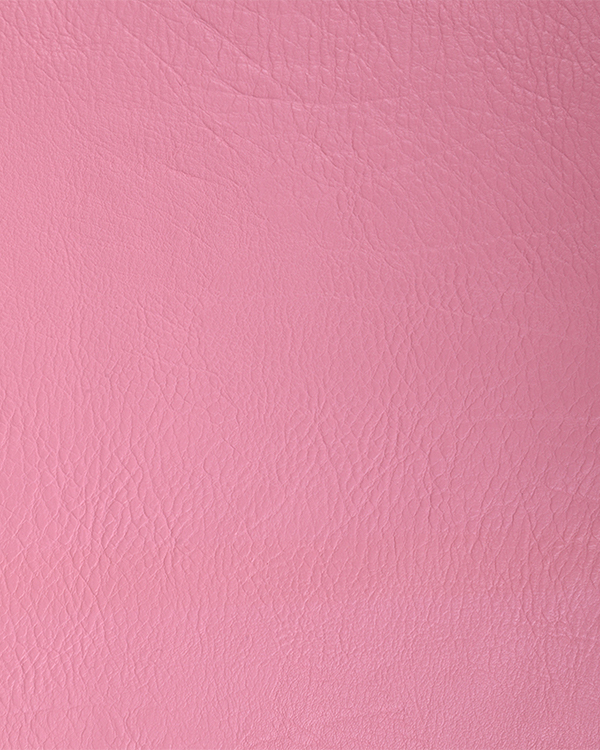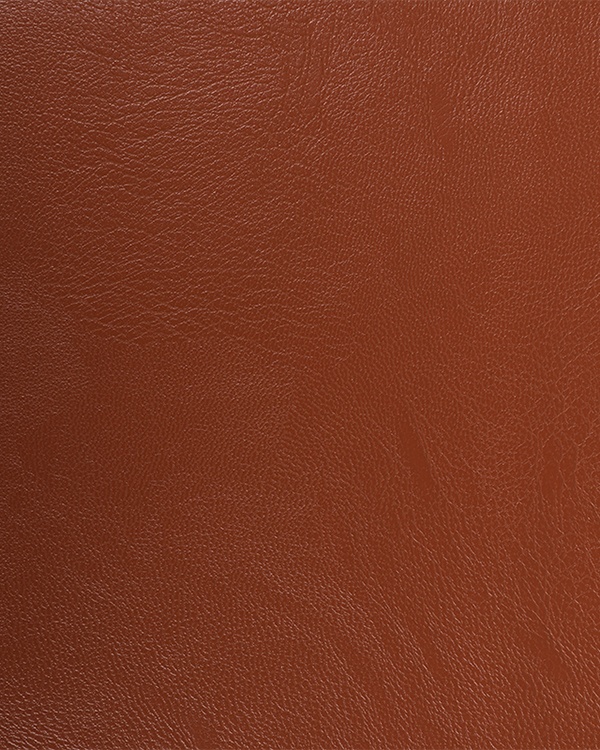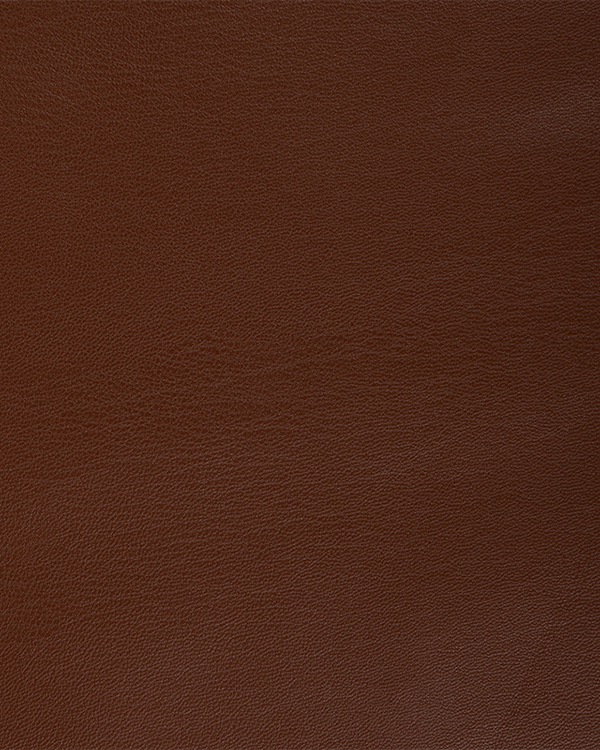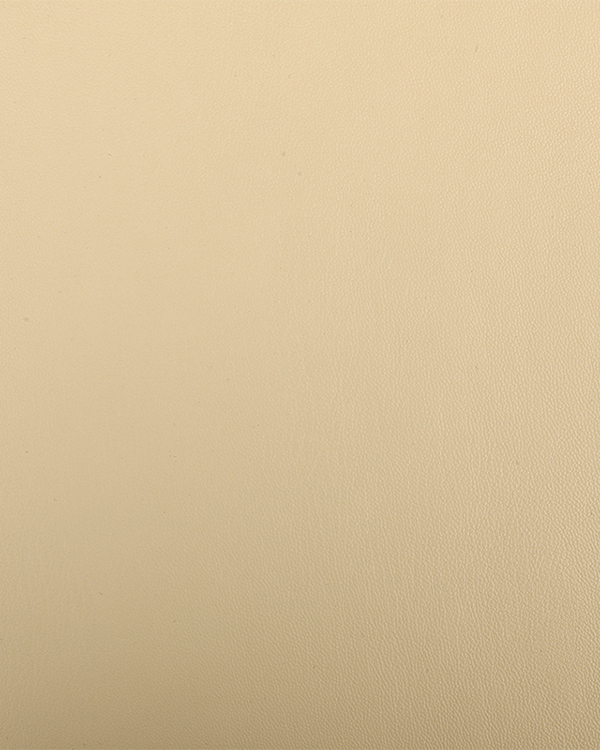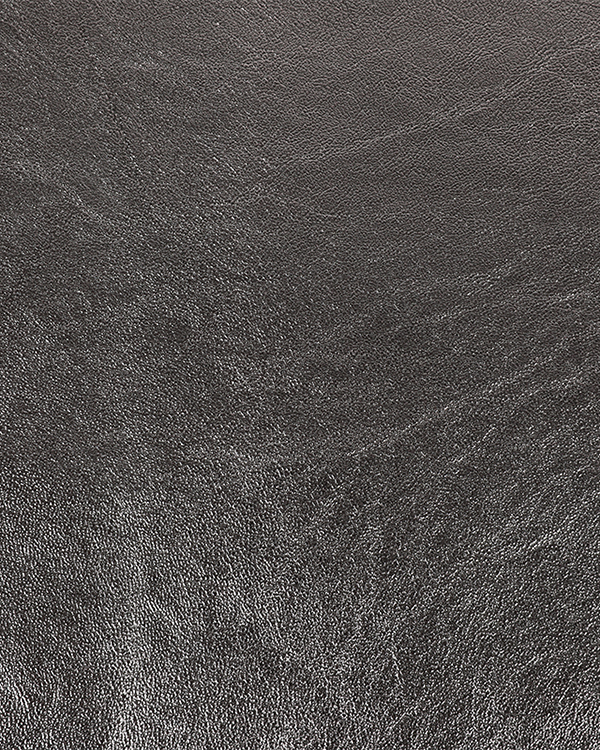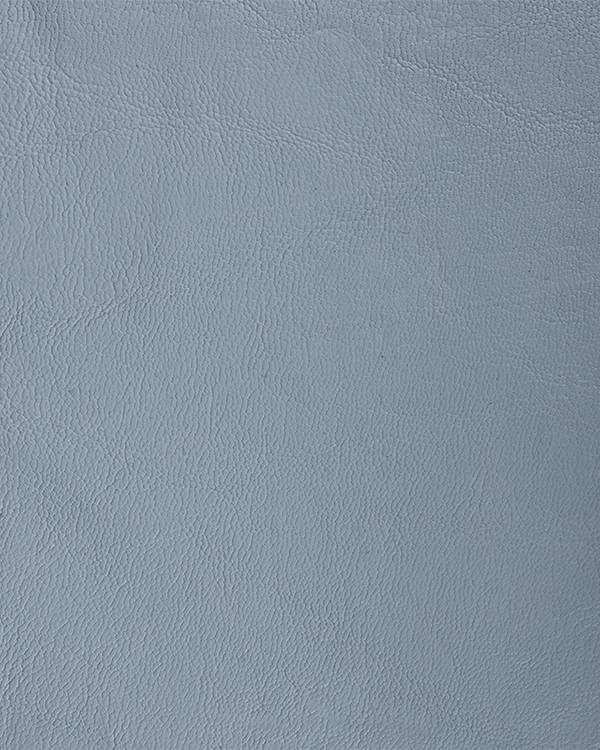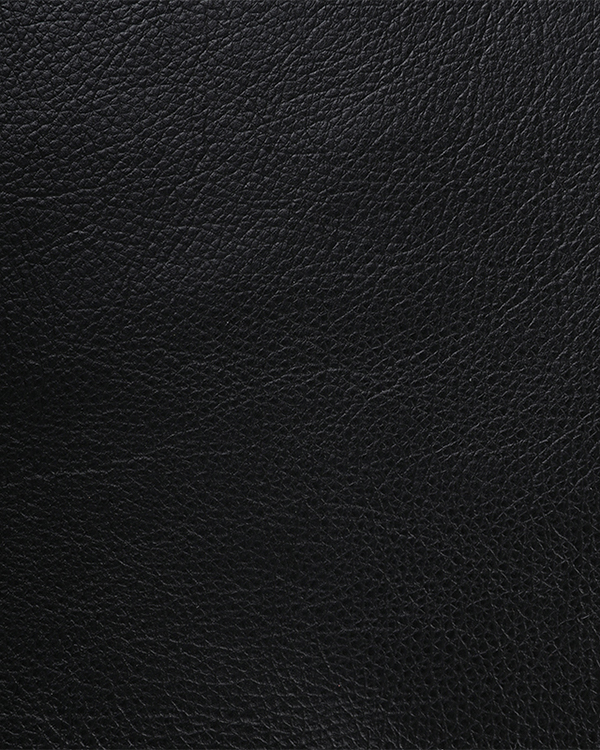The packaging process for artificial leather is essential to ensure that the material reaches customers in optimal condition, free from damage or contamination. Specific packaging specifications may vary based on the type of artificial leather, its intended use, and the requirements of the end-users. However, here are some common specifications for the packaging process of artificial leather:
Clean and Dry Environment: The packaging area should be clean, dry, and free from dust or other contaminants to prevent soiling or damage to the artificial leather.
Roll or Fold Packing: Depending on the size and quantity of artificial leather, it may be rolled onto cardboard cores or folded neatly to fit into appropriate packaging units.
Protective Wrapping: Individual rolls or folded sheets of artificial leather should be wrapped in protective materials, such as plastic or paper, to safeguard against moisture, dirt, and physical damage during transportation and storage.
Sufficient Cushioning: For rolls, appropriate cushioning materials should be placed at the ends to prevent crushing or deformation during transportation and handling.
Labeling and Identification: Each package should be labeled with essential information, including the type of artificial leather, its color, dimensions, and any specific care instructions or warnings.
Weight Limits: Packages should adhere to weight limits set by shipping carriers to ensure safe handling and transportation.
Stacking Guidelines: Guidelines for stacking the packaged artificial leather should be followed to avoid excessive pressure on the lower packages, which could lead to damage.
Palletization: For bulk shipments, packages may be palletized and shrink-wrapped to facilitate handling and secure the load during transportation.
Protective Outer Packaging: When shipping multiple rolls or folded sheets, an outer packaging layer, such as corrugated cardboard or plastic wrap, should be used to provide additional protection and stability.
Humidity Control: In regions with high humidity, moisture-absorbing packets or moisture barriers may be included in the packaging to prevent moisture-related damage.
Fragile Labels: If the artificial leather is particularly delicate or prone to damage, packages may be labeled as "fragile" to alert handlers.
Documentation: Relevant shipping and product documentation, including packing lists and invoices, should be included in or attached to the packages.
It's crucial for manufacturers and suppliers of artificial leather to adhere to proper packaging practices to ensure that the material remains in excellent condition during transportation and storage. Adequate packaging helps preserve the appearance and texture of artificial leather and prevents potential issues that could arise due to mishandling or exposure to unfavorable conditions during transit.

 English
English Español
Español
